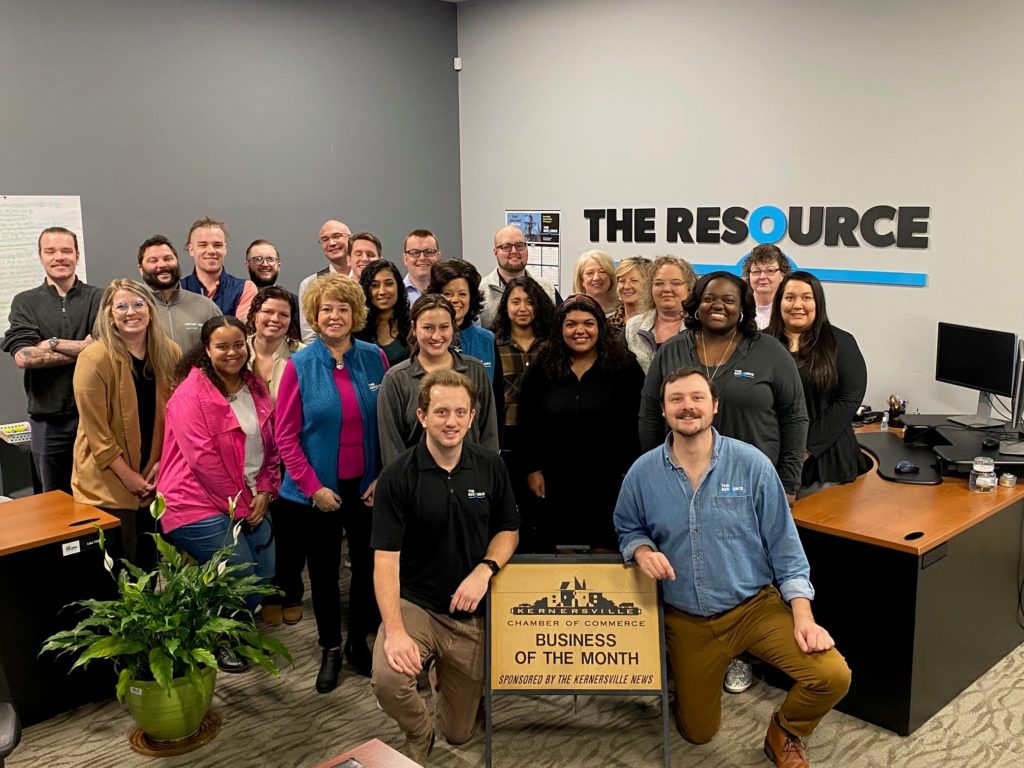To set themselves up for long-term success, companies must have strength in compliance and culture, two critical areas in which human resources professionals and leaders play pivotal roles. Compliance is often thought of in terms of “Do what you’re told—or reap the consequences,” and a compliance strategy ensures that the organization adheres to laws and regulations. Culture, on the other hand, consists of the shared values, attitudes, behaviors, and standards that make up a work environment and that guide employees’ actions and decisions. Compliance and culture are rarely examined together, let alone described in the same sentence. Yet they actually work well together to lay the foundation upon which an organization can thrive. Leaders must learn to recognize that compliance plays a large factor in shaping company culture, where it functions as an opportunity to inspire efficiency and maintain steady growth without fear of fines or loss. When culture is not aligned with compliance, it’s difficult for an organization to achieve the growth it deserves. For example, if a company doesn’t hire for healthy attitudes and behaviors, its culture and standards will slip and lead to noncompliance. Noncompliance, in turn, leads to fines, which reduce the funds the organization could invest in maintaining or developing a positive culture. To mitigate this spiral, it’s critical to understand the “why” behind the relationship between culture and compliance. Compliance is a multifaceted concept that encompasses legal, ethical, and industry-specific requirements. It’s not merely about following rules and regulations, though, but also includes building a foundation of trust and responsibility within an organization. Legal obligations. At its core, compliance ensures that an organization operates within the bounds of the law. Employment laws and regulations continually change and vary from jurisdiction to jurisdiction. HR professionals must stay informed about these legal requirements and ensure that their organizations are in full compliance. Failure to do so can result in legal consequences, including fines, lawsuits, and reputational damage. For example, HR departments in the U.S. must be well versed in the Fair Labor Standards Act (FLSA), Title VII of the Civil Rights Act, and the Family and Medical Leave Act (FMLA), because violations of these laws can lead to costly legal battles and damage an organization's reputation. Risk mitigation. Compliance efforts are not just about adhering to existing laws but also involve proactive risk management. By identifying potential compliance risks and taking steps to mitigate them, HR professionals can protect their organizations from legal and financial liabilities. This proactive approach helps prevent issues before they escalate and become costly problems. For example, conducting regular internal audits to ensure that hiring practices are fair and nondiscriminatory can help an organization avoid costly discrimination lawsuits. Similarly, compliance with data protection regulations (such as the General Data Protection Regulation, or GDPR, in Europe can prevent data breaches and the associated legal and financial consequences.) Employee trust and satisfaction. Employees are more likely to trust and be satisfied with an organization that values compliance. When employees see that their employer is committed to following the rules and treating them fairly, the work environment becomes more positive, and trust between employees and the organization fosters stronger employee engagement, loyalty, and retention. In contrast, an organization that consistently violates laws or engages in unethical practices erodes trust among its people, thus leading to high turnover rates, decreased morale, and a negative company culture. Competitive advantage. Compliance can also provide a competitive advantage. Organizations that operate ethically and transparently often have a stronger brand reputation, which can attract top talent and loyal customers. In today’s socially conscious world, consumers and job seekers are increasingly looking for organizations that align with their values and principles. When an organization’s commitment to compliance is evident, that company can stand out in the marketplace, apart from competitors that may have a history of compliance issues. Global expansion. For organizations looking to hire abroad, compliance is essential when navigating different legal and cultural landscapes. Different countries have varying labor laws, taxation regulations, and cultural expectations. Adapting compliance strategies related to data privacy and GDPR, and more, will ensure smooth global expansion. Compliance and culture are not separate elements within an organization; rather, they have an interconnected and mutually reinforcing relationship. By ensuring compliance with laws and regulations and cultivating a positive workplace culture, HR professionals can lead their companies to success.











